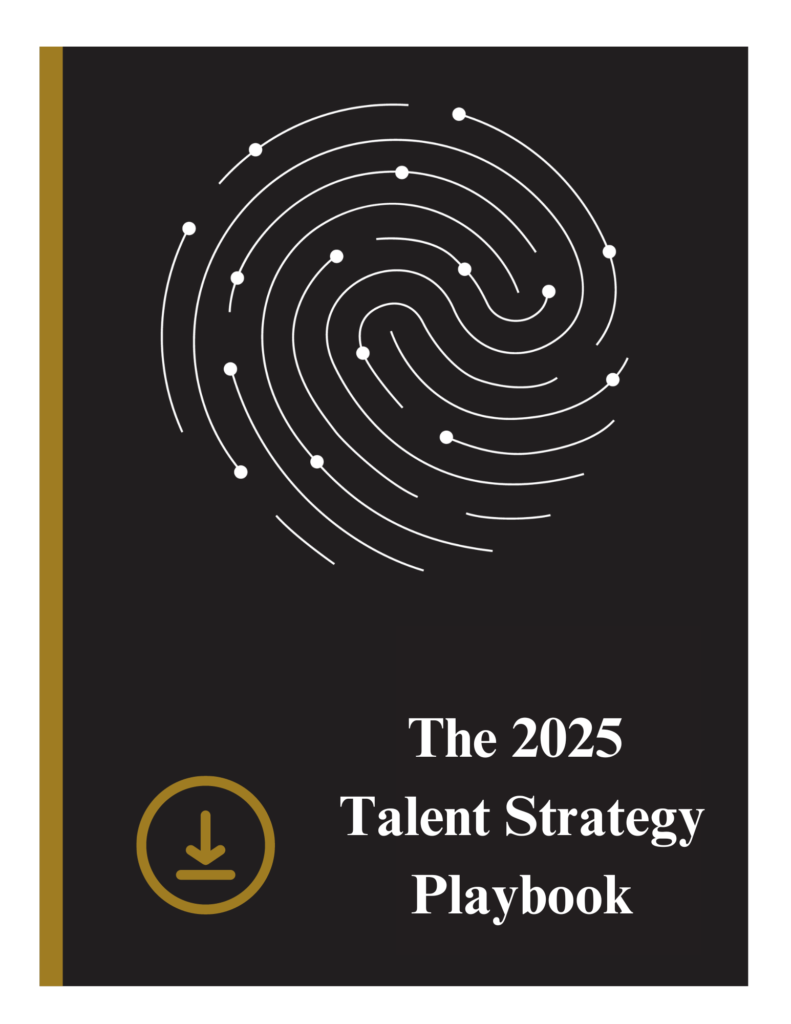The executive talent landscape in the U.S. is evolving rapidly as businesses navigate economic shifts, digital transformation and changing workforce expectations. With industries such as technology, healthcare, finance and manufacturing experiencing significant disruptions, organizations must adapt their executive hiring strategies to stay competitive. Several key trends are shaping the demand for top-tier leadership in the U.S., influencing how companies attract, develop and retain executive talent.
1. Growing Demand for Digital and Tech-Savvy Leadership
As businesses across industries embrace digital transformation, there is an increasing demand for executives with expertise in technology, data analytics, artificial intelligence and cybersecurity. Organizations are seeking leaders who can drive innovation, implement digital strategies and navigate the complexities of automation and artificial intelligence. This trend is particularly prominent in sectors like finance, retail and healthcare, where digital solutions are reshaping customer experiences and operational efficiencies.
2. The Rise of ESG-Focused Leadership
Environmental, Social and Governance (ESG) considerations have become a major priority for U.S. companies. Investors, consumers and regulatory bodies are placing greater emphasis on sustainability, diversity and ethical leadership. As a result, businesses are actively recruiting executives with experience in corporate social responsibility, sustainable business practices, and governance oversight. Leaders who can balance profitability with ESG objectives are increasingly in demand across industries.
3. Hybrid and Remote Work Leadership
The shift to remote and hybrid work models has transformed executive leadership requirements. Companies are seeking leaders who can effectively manage distributed teams, foster collaboration in virtual environments, and maintain strong organizational culture despite physical distance. Executives with experience in remote workforce management, digital communication tools, and flexible work policies are becoming highly valuable as organizations continue to refine their post-pandemic work structures.
4. Emphasis on Agility and Crisis Management
Economic uncertainty, supply chain disruptions, and geopolitical tensions have reinforced the need for agile and resilient executive leadership. Companies are prioritizing executives with a proven ability to navigate crises, adapt to changing market conditions, and drive strategic decision-making during uncertainty. Leaders who can manage risk, ensure business continuity, and maintain stability during economic downturns are in high demand.
5. Competitive Compensation and Talent Retention
The war for executive talent in the U.S. remains fierce, with companies offering competitive salaries, performance-based incentives, and non-monetary benefits to attract top leaders. Beyond compensation, organizations are focusing on retention strategies, including leadership development programs, mentorship initiatives, and enhanced workplace culture. Companies are also placing greater emphasis on work-life balance and mental health benefits to keep executives engaged and committed.
6. Increased Focus on Diversity, Equity, and Inclusion (DEI)
Diversity, Equity and Inclusion (DEI) initiatives continue to shape executive hiring strategies. Companies are making deliberate efforts to build diverse leadership teams that reflect their customer base and promote inclusive decision-making. There is a growing demand for executives from underrepresented backgrounds, and organizations are implementing targeted recruitment strategies to ensure diverse talent pipelines.
7. Cross-Industry Talent Mobility
Executives are increasingly being recruited from outside traditional industry boundaries. Companies recognize that leadership skills such as strategic thinking, innovation, and adaptability are transferable across sectors. As a result, executives with experience in technology, consulting, or finance are often considered for leadership roles in healthcare, manufacturing, and other industries undergoing transformation. This trend is expanding the talent pool and fostering fresh perspectives in leadership roles.
The executive talent landscape in the U.S. is experiencing significant shifts, driven by digitalization, ESG priorities, remote work adaptation, and evolving workforce expectations. Companies that proactively adjust their executive hiring strategies to align with these trends will be better positioned to attract, develop, and retain top-tier leadership. As competition for high-caliber executives intensifies, organizations must refine their approach to executive recruitment and talent management to sustain long-term success in the evolving business environment.



















